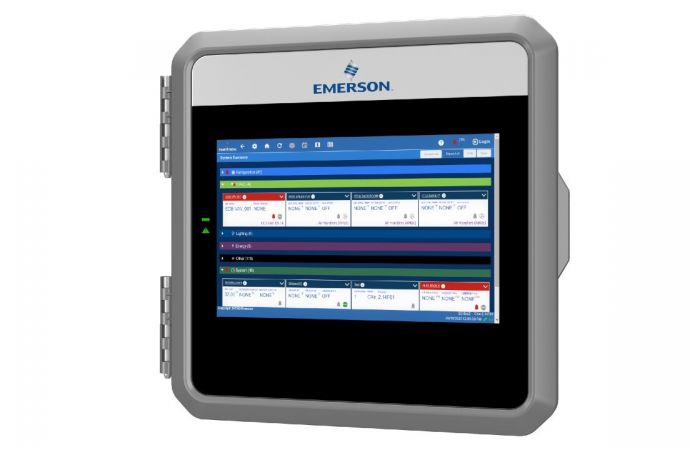To reduce emissions from refrigerated transport by 50%, Belgian retailer the Colruyt Group is using liquid ice – a liquid mixture of ice, ethanol and water – to cool special containers.

Founded in 1925, the Colruyt Group is one of Belgium’s biggest retailers – with annual revenue of over €9.1 billion. Employing over 29,000 staff, it boasts 516 shops. Three shop formats in Belgium have product cooling: Colruyt supermarkets (237), OKay convenience stores (120) and Bio-Planet (19) organic stores. The Group’s ultimate goal is to become HFC-free, and it has already decided to move to 100% hydrocarbons for all its in-store cooling needs.
Yet 33% of the Colruyt Group’s CO2 emissions are from refrigerated transport of goods to shops. To help reduce that footprint, the company has built a new liquid ice-making plant at its distribution centre in Halle.
A world first
“This is a completely new concept – no other retailer in the world is doing this,” Colruyt’s Peter De Bonte, in charge of rolling out the new system, told Accelerate Europe magazine.
Suppliers to the Colruyt Group deliver to distribution centres rather than stores, with the exception of goods like bread. By carrying the containers, Colruyt trucks can carry frozen, refrigerated and non-refrigerated products to the store in one trip.
The containers – which offer 48 hours of cooling – allow the distribution centres to match their loads to each store’s needs. This reduces the total number of kilometres driven and ensures that 98% of Colruyt’s trucks are dispatched full.
The ice itself is generated in an ammonia plant. Small flakes of ice in a mixture of ethanol and water are constantly recycled within a closed-loop system.
Colruyt currently operates 600-800 liquid ice containers, each of which offers 48 hours of cooling. The Group is aiming to fit all 7,000 of its containers with liquid ice by the end of 2018.
De Bonte hopes to use liquid ice for deep-freezing too, but ethanol is not suitable for that. “We hope to find a solution within three years,” he said.
To read the full version of this article detailing the Colruyt Group’s wider strategy for adopting natural refrigerants, please click here.
Related stories



